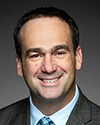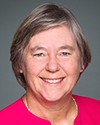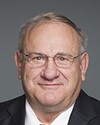If I can use an idiom, that's the $64,000 question.
Currently, in the guidance that's provided for the Aichi targets, and target 11 in particular, there is guidance for formal protected areas that are backed by legislation, and of course we've spoken about the other area-based conservation measures.
The guidance on the latter is still developing over time. Here in Canada, I think we've made significant progress towards determining what other types of areas can count. Certainly, as our colleagues at Ducks Unlimited have mentioned, in some cases private conservation lands held by NGOs could qualify.
In the case of other sites, like municipal parks and green spaces, things like that, the key question becomes whether or not conservation is the primary objective in their management, and if issues arise in land use or land management policies, whether or not conservation of nature takes precedence in those disputes.
These considerations are captured in the great decision screening tool that has been developed, and that we would encourage the federal government to look at and provide leadership on at a federal level. As well, indigenous conserved lands and a number of protected areas being established by aboriginal governments under land-use planning processes could be incorporated.
Right here in the national capital region, Gatineau Park is a great example. It's 360 square kilometres that could also count toward Aichi, again, if the conservation of nature were made paramount in its management and its management was backed by effective legislation to do so.
To answer your question, there is an opportunity to grow or to expand our protected areas estate in Canada using some of these other sites, but we need that federal leadership.




